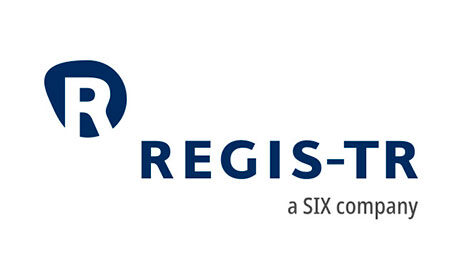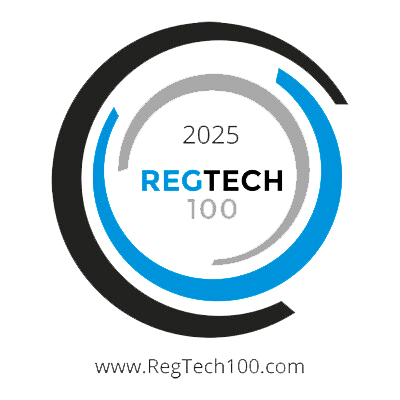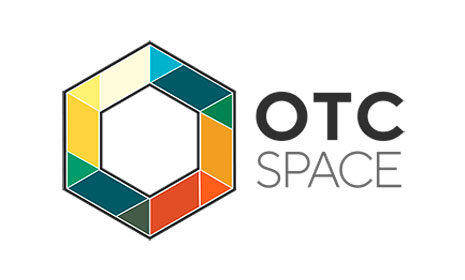TradeHeader’s considers the potential benefits and use cases for the CDM, the reasons behind the current uncertainty that surrounds theinitiative, and what progress we might expect to see over the next 18 months.
First published in TabbForum, 8 November 2018
ISDA’s Common Domain Model is intended to provide an industry standard blueprint for how derivatives are traded and managedacross the lifecycle, and how each step in the process can be represented in an efficient, standardized fashion. TradeHeader’s Marc Gratacos considers the potential benefits and use cases for the CDM, the reasons behind the current uncertainty that surrounds theinitiative, and what progress we might expect to see over the next 18 months.
ISDA’s Common Domain Model project at once standardizes data and reshapes business processes. The CDM is intended to provide anindustry standard blueprint for how derivatives are traded and managed across the lifecycle, and how each step in the process can berepresented in an efficient, standardized fashion.
Central to the Model is the establishment of a common set of data and processing standards to facilitate interoperability between firms andtechnology platforms. We live in a world of reconciliation between the different views of a trade. CDM proposes a single view in which thedifferent agents involved have access to that view.
In June, ISDA published an initial digital representation of the Model, opening the way for all ISDA members to access and test the model onvarious new technologies. The ISDA CDM 1.0 provides a standard digital representation of events and actions that occur during the life of aderivatives trade, expressed in a machine-readable format. Using this common standard will enhance consistency and facilitate interoperabilityacross firms and platforms, irrespective of the programing language ultimately used for each technology.
But what are the potential use scenarios for the CDM? At this time, those remain somewhat unclear.
One potential role for the CDM is to introduce blockchain into the derivatives space, and to help provide interoperability between differentblockchain platforms. Goldman Sachs concurs: “Those who are closest to the CDM project recognize that a persistent shared implementationsuch as DLT would be the most optimal way to use the model.” Goldman believes a common data standard, when combined with sharedledgers, serves to address the pressures placed upon firms by new reporting requirements imposed by MiFID II.
While currently limited in scope, focusing as it does only on interest rate and credit derivatives, CDM is particularly interesting, as it seeks toprovide enhanced standardization – and hence transparency – across the transaction lifecycle by putting the whole lifecycle in the ledger.
Standardizing the data opens the potential to provide additional services on top of it. Blockchain technology allows the possibility of developingsmart contracts that provide such services – for example, the development of a cash flow generator that calculates the expected payments for aparticular transaction, or a validation engine that ensures data quality. Such services not only require that the transactional and business eventsdata be standardized, but also the reference data that feeds those services.
Reference data is not standardized at this time, and when it comes to smart contracts each vendor uses its own format. It is by bringingstandardization at the reference data level that CDM will truly enhance efficiency and reduce costs.
[Related: “Blockchain Plus Smart Contracts Equals Boon for Regulators”]
Privacy remains a stumbling block, however. The way some blockchain platforms are set up means that in most scenarios the individual signingthe ledger has access to all information across the entire ledger. This gives rise to issues in terms of processing derivatives when multipleparties are involved.
For example, in the case of a novation event, ideally you would want to restrict access or the sharing of information to two direct counterparties.New entrants to the transaction should not have access to previous transaction details between the party that leaves the trade (transferee) andthe party that remains. However, that runs against the spirit of the blockchain, in which parties that sign the ledger can view all content withinthe ledger. So that tension around privacy issues will need to be resolved.
Marc Gratacos
[Related: “GDPR and DLT: Whose Data Is It?”]
While distributed ledger technology (DLT) is open and efficient because all transactions can be seen in real time, the fact that every entry on ablockchain requires every node to process it presents a performance challenge given the processing power required. This has the potential toslow high-volume transactions such as payments, securities, or transactions that include a large amount of data such as OTC derivatives. WhileDLT technology is improving, it is still not ready to cope with some of the processes within the financial industry. That said, we expectperformance improvements in the coming months since this is becoming a competitive differentiator for the various blockchain platforms.
A starting point would be legal agreements, particularly Client Service Agreements (CSAs) that are currently predominantly manual. Thepotential drawback when it comes to legal agreements is that the data is less standardized than transactional data, so it will be more difficult tohave a standard data format on a ledger. ISDA CDM can play a role here in defining the standard format for legal agreements. At the sametime, blockchain performance is not that critical in this area, since the number of agreements being distributed is far lower than in the case oftransactional data.
FpML’s Fate
One question on many lips is: Should CDM be adopted, where would that leave FpML, currently the de facto standard for OTC derivatives?
FpML and CDM are supporting two different architectures. FpML is designed to support a messaging-based architecture, while CDM isdesigned to be used in conjunction with blockchain. The fact is that the current version of CDM is a reversed engineered model of FpML. TheCDM data models for interest rates and credit derivatives products and some of the business events are based on the current FpML schemamodels. In addition, CDM reference data values such as floating rate indices, day count fractions, etc., are reusing the existing FpML codingscheme and enumerated values.
One of the reasons for this process is that the market practitioners involved in the ISDA CDM working groups are also involved in the ISDAFpML working groups, so there is a knowledge transfer from FpML to CDM.
There is no sign that indicates that this process will change. The type of analysis and modelling efforts that are required to develop FpML arevery similar to the requirements in CDM. We’ll probably see the expansion on the CDM product and events coverage reusing FpML modelswhen available. In addition, we may see a bi-directional sharing of models between FpML and CDM, with some of the events models in CDMincorporated into FpML for better coverage and consistency between the two standards. This is already starting to happen with business eventssuch as observations and resets.
In conclusion, ISDA CDM, combined with blockchain, opens significant opportunities for new services and processes. As we have outlined,there are outstanding issues with blockchain platforms that need to be resolved, but the pace at which blockchain technology and platforms areimproving is so high that we feel optimistic that all these issues will be resolved soon.
ISDA CDM is also progressing by covering additional products and business events. However, to take advantage of the full potential ofblockchain platforms and the development of smart contracts, reference data needs to be standardized. The format of information such asindices, day count fraction, calendars, etc., should not depend on the data vendor providing it. ISDA CDM will need to standardize referencedata in order to facilitate the interoperability between services.




